What is Synthetic Photography?
A Brief Conversation About the Intersection of AI and Photography
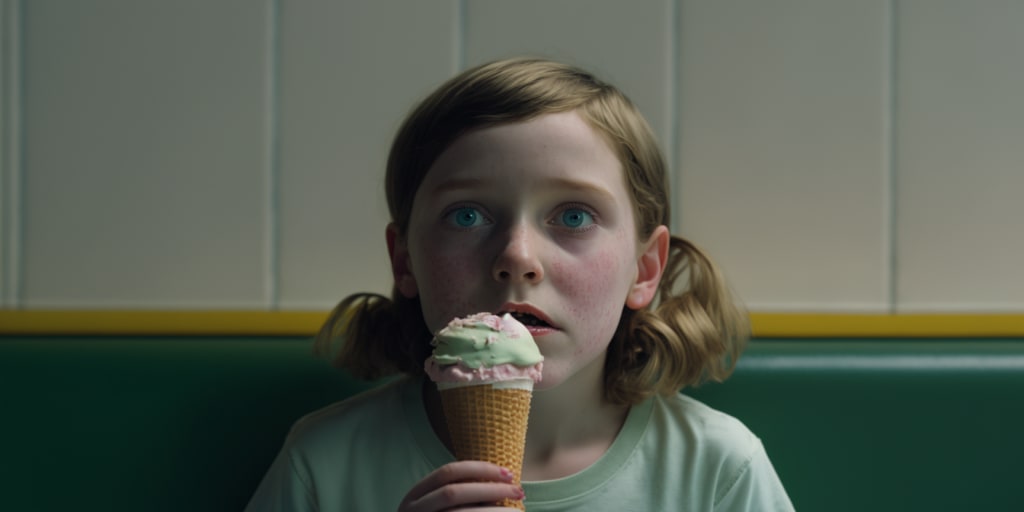
The art world has a long history of natural evolution, with each forthcoming style being rejected to some extent by the proponents of the preceding movement. Just within the realm of "modern art," we learn that the transitions between Impressionism, Expressionism, Surrealism, and so on weren't always met with enthusiasm.
Within the realm of photography, this takes a slightly different form. Photography is a relatively new medium, with the first photograph debatably taken in just 1827. (Less than 200 years ago!)
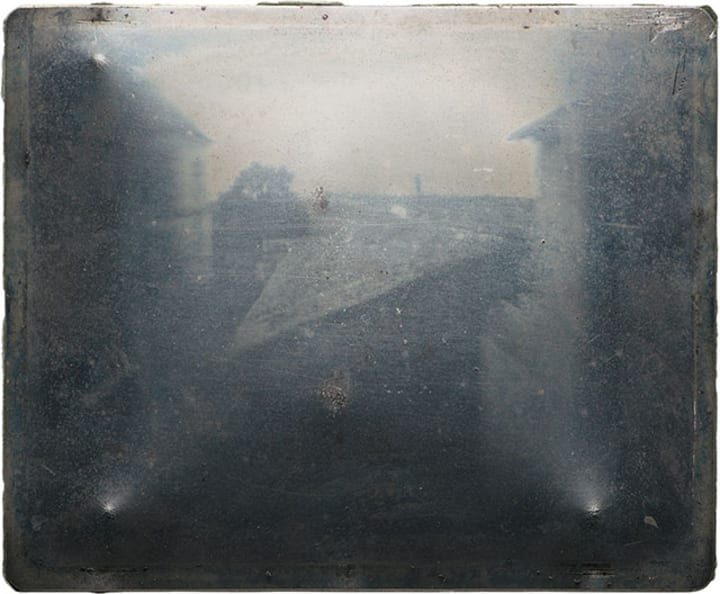
Of course, the growth of photography from 1827 to today has been explosive. It slowly—and selectively—became recognized as an art form as early as the 1850s. Well after color photography was made possible, it wasn't until pioneers like William Eggleston, Stephen Shore, Joel Meyerowitz, and others that the medium of color photography fought its way into reluctant recognition as "art," and not just a novice travel or family photographer's novelty.
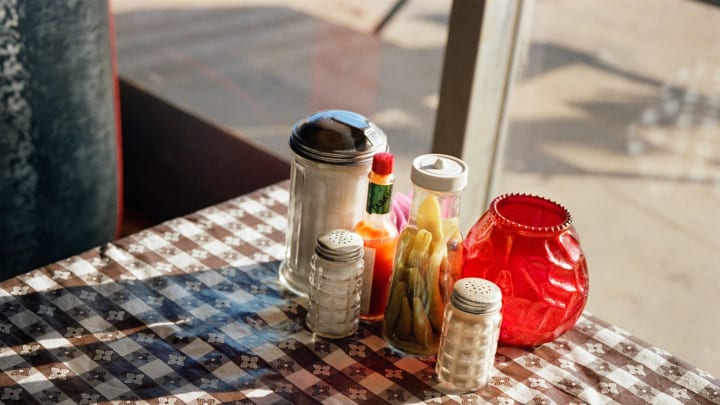
Later on, with the advent of digital cameras and Photoshop, the possibility of editing photos beyond "dodging" and "burning" in a darkroom became much easier. But these kinds of manipulations were frequently met with disgust and distrust. The idea of intentionally manipulating a photograph to misconstrue reality—even in an artistic sense—wasn't popular. In my opinion, it hasn't been until relatively recently that the idea of abstract, surreal, conceptual, and expressionistic photography (occasionally referred to as "post photography") has been more widely accepted.
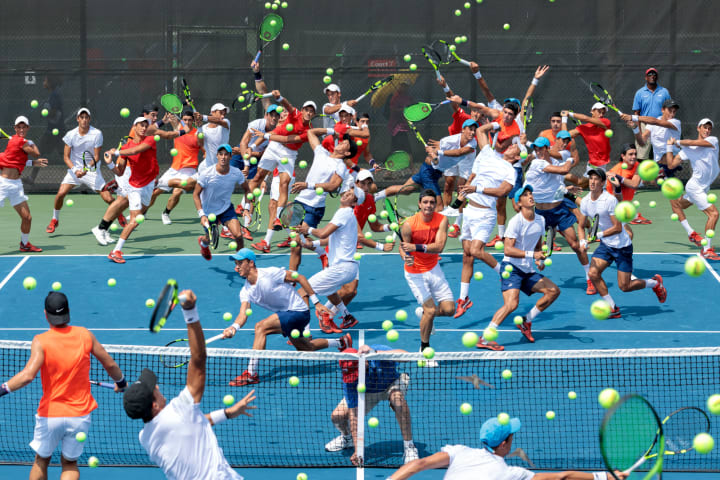
With these evolutions in technology came opportunities for evolutions in taste. Now, impossible and surrealist scenes could be created with all the detail and semblance of reality as an untouched photograph.
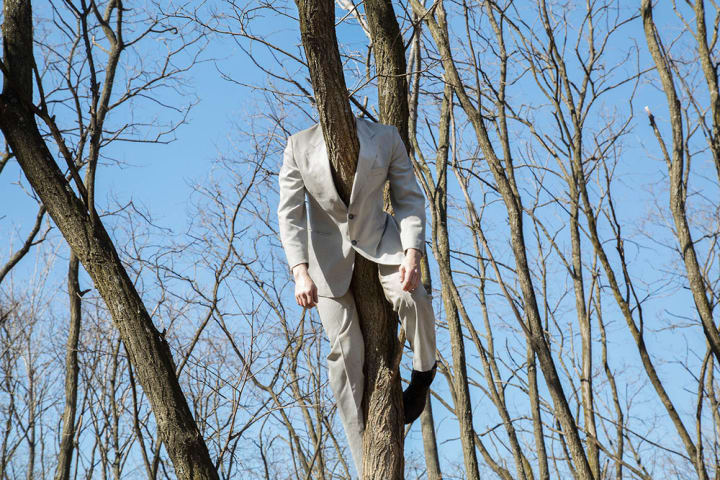
Today, we find ourselves on the threshold of a new evolution of technology. One met with an unmatched uproar of opposition, and with significant, new complications: Artificial Intelligence.
What is (and isn't!) AI Imagery?
While Synthetic Photography may appear to be a photograph, it isn't. Image generating tools like Midjourney, Stable Diffusion, Dalle, and others don't take bits and pieces from actual photographs and blend them together in some instantaneous photo collage. Having been trained on millions of images, it has been able to "teach itself" what a photograph looks like, and how to create an image that looks like one.
Problems are certainly rampant: biases that lean heavily towards depictions of white males, questionable sourcing of content that trains artificial intelligence programs, and of course, far too many fingers.
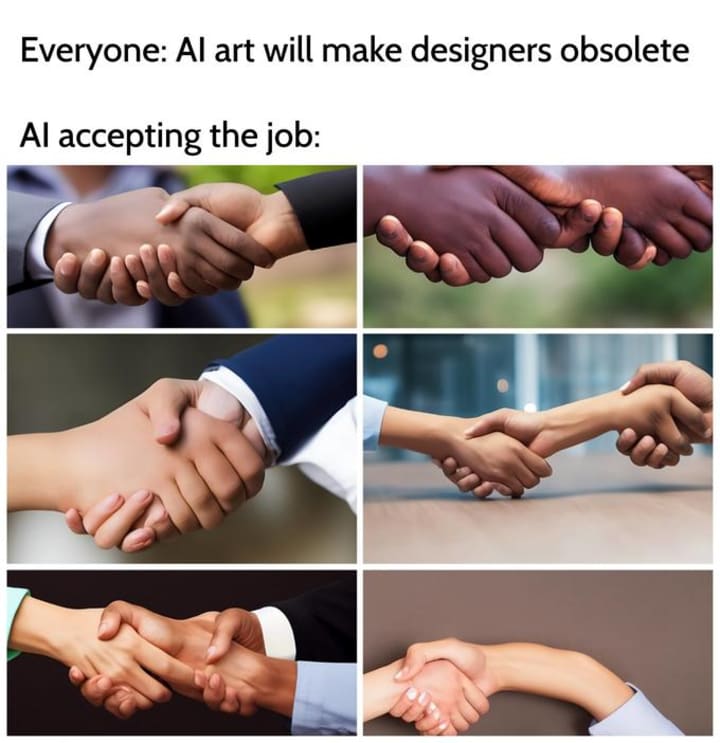
The sourcing of artistic content without knowledge, consent, or compensation to original artists is problematic—and more so when self-proclaimed "AI Artists" generate imagery in blatant mimicry of instantly recognizable styles. That's a conversation for another day—and one I hope finds some mutually beneficial resolution.
Outside of the functional explanation, there's also room to explore what AI imagery might mean for artists. Is it a threat? A tool to utilize? A shortcut? A process? That may be for each artist to decide.
For me, I see AI generated works as an opportunity to make my imagination visible. Before I was a photographer, I was a fiction writer. One of my favorite parts of writing is describing scenes that I see in my head and finding ways to articulate it so that a similar scene can be rendered in the reader's mind. Using prompts to create AI imagery has been both an exercise in and microcosm of that same process. It allows me to "photograph" (or at least depict on some level) things that I could never document in real life, and that I'd otherwise have to write a book to describe.
What's in a Name?
For this article, I want to focus on the concept of "AI-generated photography."
To start, I think the name of this genre, or process, is instructive. In my mind, the name "Synthetic Photography" rings truest. It instantly divulges that the image (though it may look like a photograph, or even have photorealistic qualities) isn't "real," but was created by some other process.
The example of a photorealistic painting is one frequently brought up in conversations about synthetic photography. It may be difficult—or even impossible, from a distance—to tell the difference between a photorealistic painting and its reference photo. That might make the painting incredibly impressive! But doesn't change what it is—a painting. It may approach, but can never be a photograph.
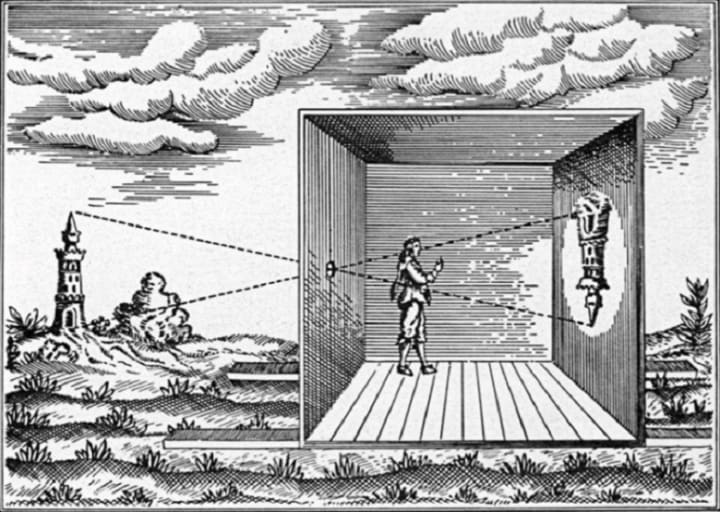
Photograph can be broken down into two parts: "Photo," meaning 'light', and "graph," meaning 'write.' To photograph means, then, in a literal sense to write with light. Which, poetically, is exactly what happens when the right combination of aperture, ISO, and shutter speed let in enough light through a lens to be recorded on a film or digital sensor.
Just like the photorealistic painting, though an AI-generated image may look like a photo, (and may even be informed by and trained on actual photographs) it is not a photograph in any literal sense.
For this reason, calling this process "AI Photography" doesn't sit right with me. The camera in your phone uses artificial intelligence to adjust settings in order to help optimize each photo. For photorealistic results generated by artificial intelligence, perhaps "AI Photorealism" might be a better, truer articulation.
Many within the synthetic photography space have also elected to call it "post photography." I like this even less... and that's ignoring the fact that the term has been used since at least 2015 to describe photographs with significant post-production. (Maybe it's just me, as a photographer, starting to be the grumpy one about the "next thing.")
The name "post photography" may still incorrectly connote, intentionally or not, that the AI-generated outcomes are actual photographs. This is not the case. Further, "post" gives me the impression that this AI-led movement is an iteration above and beyond photography, come to replace it. I also don't believe that to be the case.
"Synthetic Photography" doesn't specifically mention the use of artificial intelligence—which is also worth noting, as many artists may combine different tools beyond AI to aid or complete their processes. For these purposes, as an artist who "identifies" first and foremost as a photographer, I think the title "Synthetic Photography" is the best fit. "AI photorealism" works well, too.
Exploring Synthetic Photography
After playing around with the AI tool Midjourney for just a few hours, a significant thought occurred to me. I realized that this was the closest thing I might ever come to being able to bring a camera with me into my dreams. Later that same week, I saw this tweet from AI artist and thought leader Claire Silver, which resonated with me.
By inputting a prompt, Midjourney returns four potential interpretations of that prompt. You can then select one or multiple results for it to return additional variations on, or to render in full. For the following results, I asked Midjourney to imagine "A man standing in front of a house."
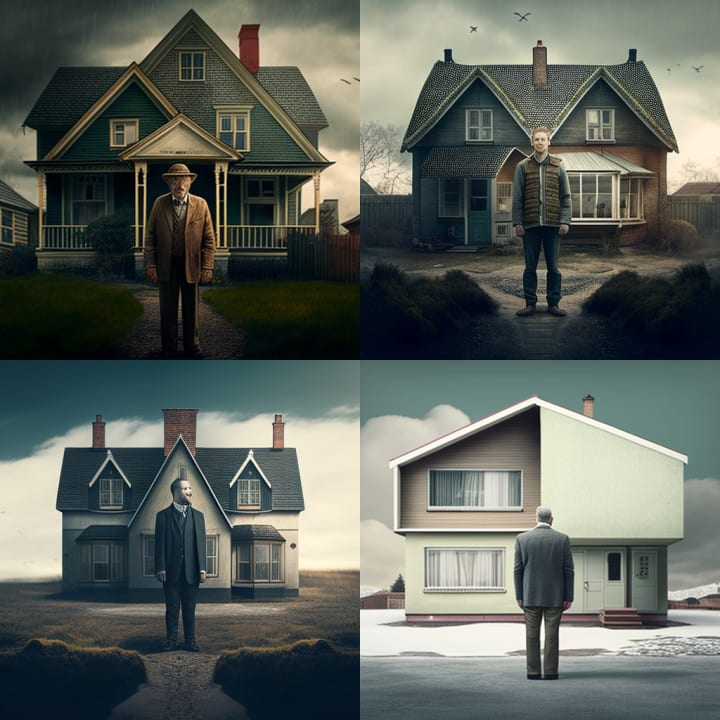
Adding additional keywords, descriptions, and desired traits can refine the results. For the next block of results, I added more details and asked Midjourney to imagine "a historic photograph, photorealistic tintype portrait of a man standing in front of a vitorian mansion."
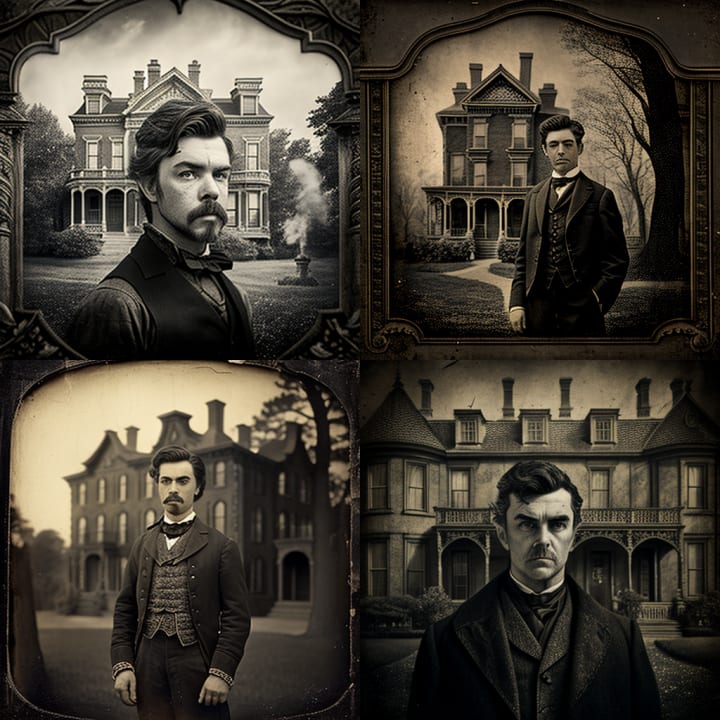
Not all of these results are photorealistic, as requested in the prompt, but the third result comes really close! By "upscaling" it, I can get a full render:
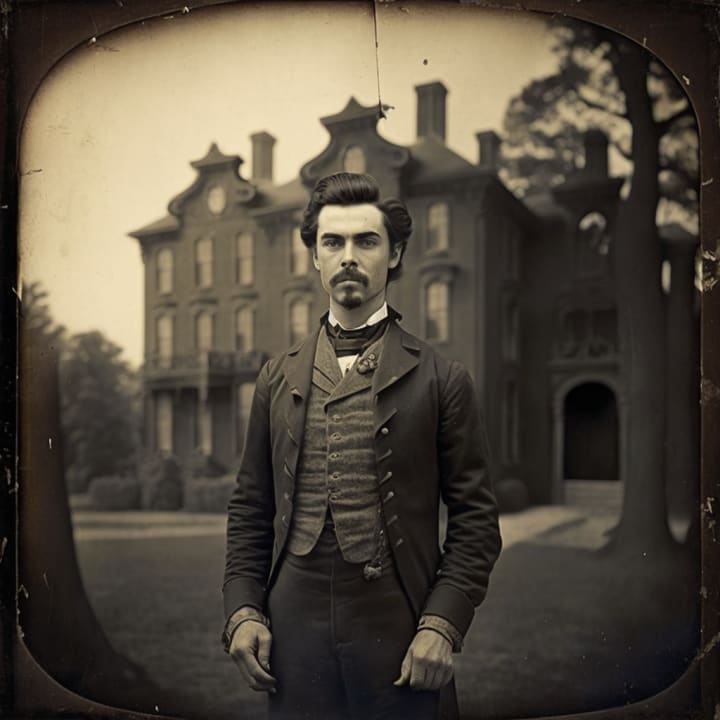
Actually really impressive for a short prompt, on my first try. It even had the correct number of fingers! Details like a cracked and dusty frame add a lot—and I didn't even ask for them.
As you can see, keywords and descriptions can have a big affect on the results generated. At a more advanced level, you can also directly provide the program with reference images, play around with aspect ratios, and even "train" your own AI program. The possibilities are limitless.
Curation
Something that I think deserves to be analyzed more within the process of creating synthetic photography is the idea of curation. If the program returns four possible interpretations, for example, it's up to the "AI artist" to curate the best results from those. Sometimes the best choice is obvious... other times, not so much. Sometimes, the image that best matches the creator's vision is a single prompt away. Other times, it requires repeated efforts at revising and re-running prompts, generating countless variations, utilizing cross-platform tools, and finishing up results in Photoshop or other programs.
Is creating imagery with Artificial Intelligence art? Some may say "no." But at the very least, I think even the most opposed critic has to admit that synthetic photography is the result of a unique blend of imagination and curation.
The Possibilities
While I was first playing around with Midjourney, I had a lot of fun generating consistently photorealistic images of clowns. Not something I'm particularly passionate about, but I quickly became fascinated by how the AI "filled in the gaps" of my prompts—with different hair colors, clothing patterns, backgrounds, and so on. These became some of the many metadata traits I added to my "Clown Town" NFT collection. Partially a display of creepy, funny, jarring clown imagery with a fun story, it also serves as a way to study AI outputs as they are now—complete with the occasional extra finger.
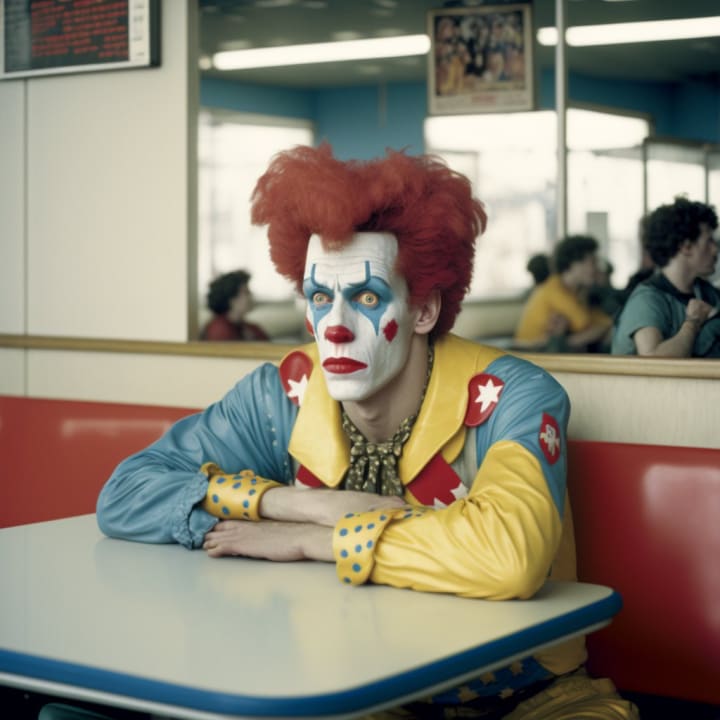
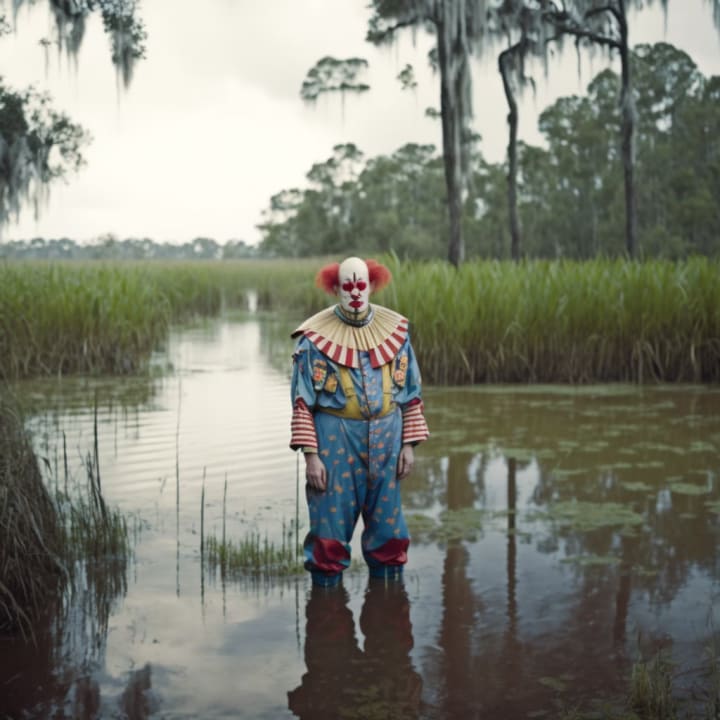
While I strived for photorealism in my generations, and accepted the imperfections as ways to "clue in" the viewer that these weren't genuine photographs, other artists choose to dive headfirst into these imperfections.
Roope Rainisto has rapidly established himself as one of the leading artists in the collaboration between photography and artificial intelligence. His landmark series, "Life in West America" marries the classic retro American imagery of photographers like Stephen Shore with the exaggerated imperfections and shortfalls of AI to create vivid abstractions. Like William Eggleston, Rainisto backs up the initial appearance of careless, accident-ridden snapshots with brilliant, surprising intentionality.
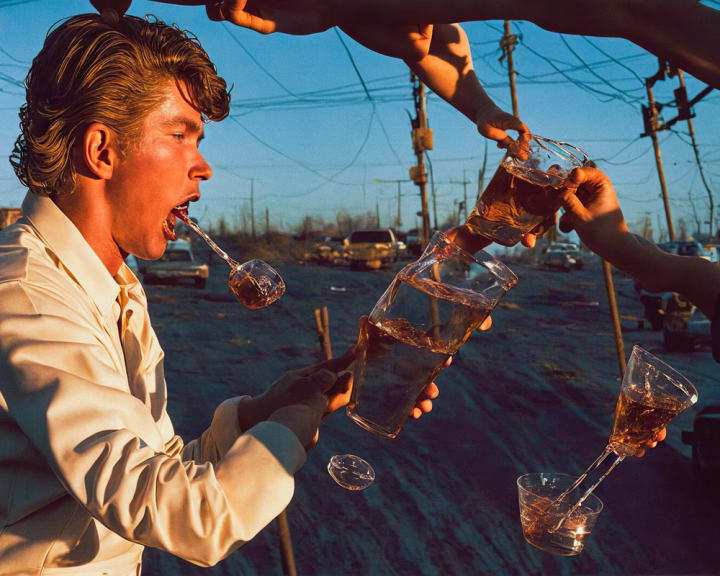
While low effort prompts may return similar results between many artists, an often untapped potential exists with photorealism in AI. Between building on your own existing work, playing with different color schemes, reference images, and blending tools, there's still plenty of room to find a distinct visual language.
For example, I shared one of my own portraits (of my friend Gracieux!) with Midjourney to see how it would reinterpret it. The actual portrait will be followed by Midjourney's re-interpretation.
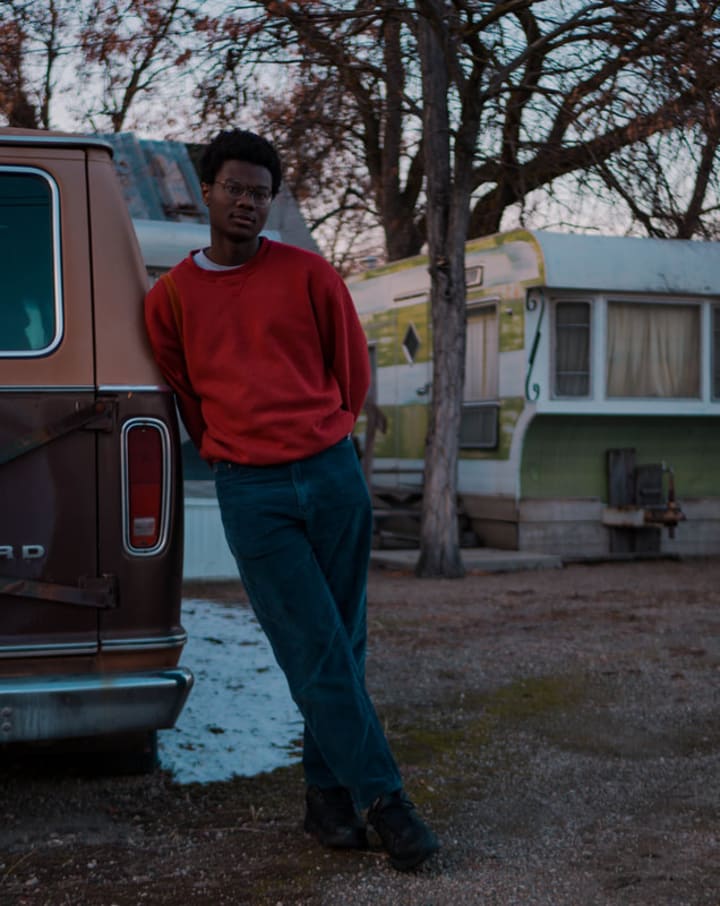
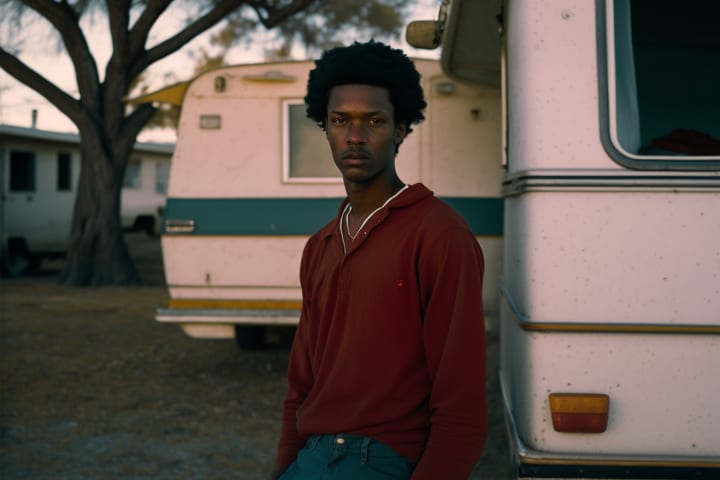
Not all re-interpretations are so straightforward, however. Sometimes the program reimagines the image entirely! For example, I shared the following image with Midjourney and told it to reimagine it in black and white. The end result added a flower, which I never asked for, and that didn't appear in the original photograph at all. This potential for surprises along the way reminds me a lot about what I love most about photography, too.
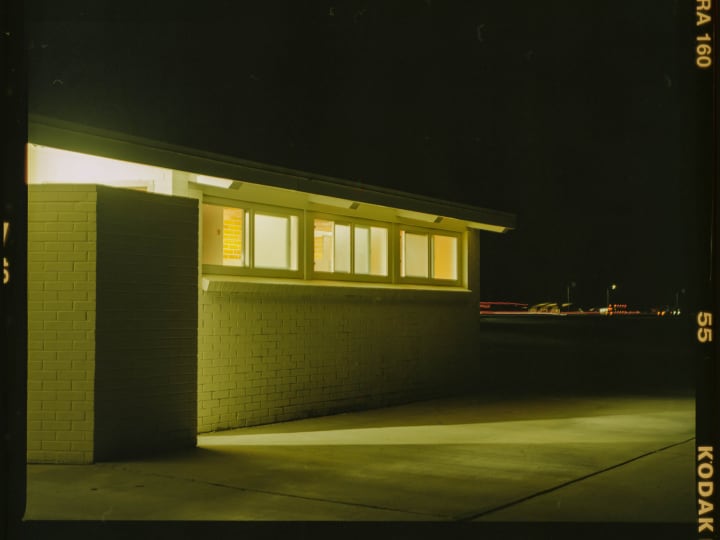
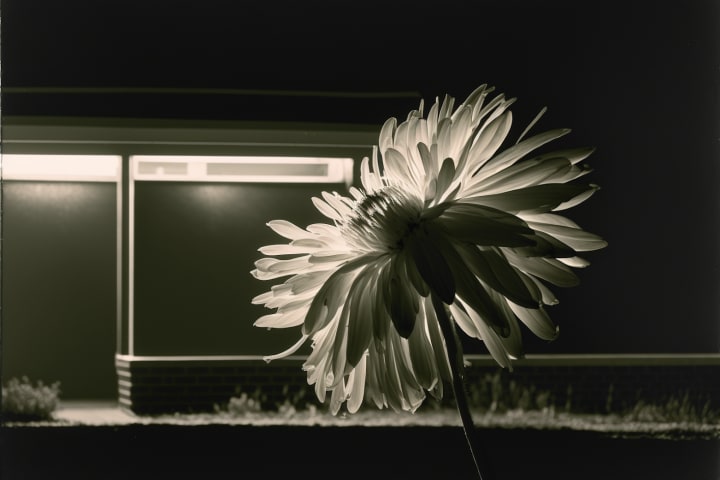
Conclusion
It seems inevitable in any conversation about Synthetic Photography to address the question, "What about REAL photography?"
As a photographer first, I understand the feeling and the concern. In my mind, I see Synthetic Photography as a fun exercise in developing compelling imagery. It's a way I can virtually take my camera into my dreams, nightmares, and imaginations to "photograph" (or document, or visualize) people, places, and worlds that don't exist anywhere else. To "photograph" what isn't there or isn't possible.
"REAL" photography, on the other hand, only gains importance. It's a way to truly document what is. People that live alongside us, and the places we can really go and see. The authentic, raw, reality of photography will only become more valuable in the times ahead, where truth may become hard to discern from fiction.
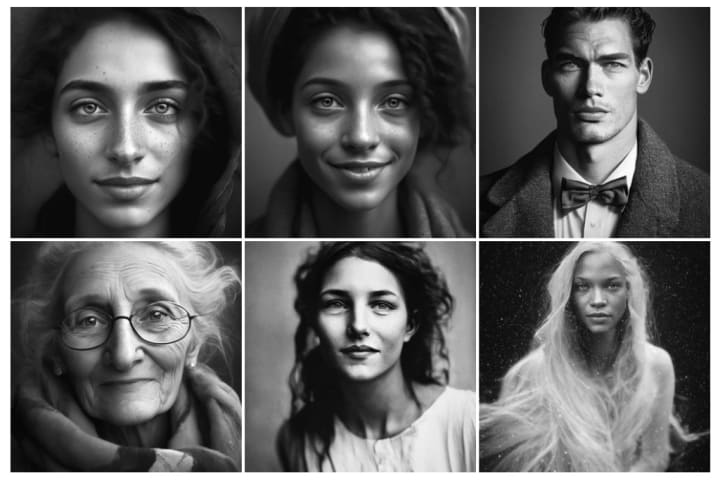
For example, a recent article shares the story of a photographer on Instagram who confessed that his images—which he originally alleged were taken on a Nikon D810—were in fact, generated with AI. As the technology grows and develops further, it will only become more difficult to tell which is which.
I envision a world where "REAL" photography and Synthetic Photography coexist and interactively inform each other. (Ideally with openness and authenticity, not misrepresenting one for the other.)
However this evolution of AI photorealism continues, I hope that we can continue to portray the realities around us and the stories within us, with greater accuracy, heart, and personality.
My photography: oliverdahl.com/photography
-> As NFTs: On Foundation
My Synthetic Photography: On Foundation
About the Creator
Oliver Dahl
Oliver Dahl is a published author and photographer from Boise, Idaho.
He currently studies marketing at Brigham Young University.
Website: www.oliverdahl.com
Instagram: @OliverWDahl

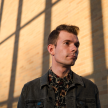




Comments
There are no comments for this story
Be the first to respond and start the conversation.